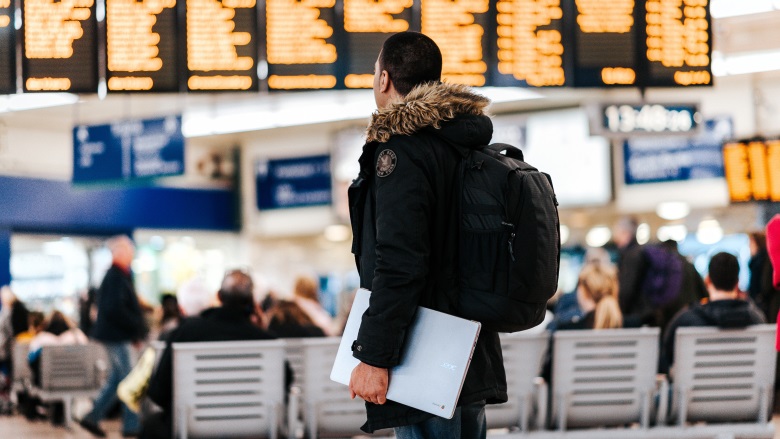736 million passengers benefit from TSA improvements

Image via Unsplash
The Transportation Security Administration (TSA) made notable improvements in 2022, setting a new record in firearm interceptions by Transportation Security Officers (TSOs) at checkpoints, making significant strides to improve transportation security, and screening an average of more than two million passengers daily at airports across the country.
TSA provided airport screening at or near pre-pandemic travel volumes despite multiple instances of challenging weather conditions, enhanced cybersecurity resilience of critical transportation infrastructure and continued to test and deploy new technologies that improve security effectiveness, efficiency and the passenger experience throughout the transportation system. Additionally, TSA officers stopped more than 6,500 firearms at airport checkpoints. Agency improvements were made in both security operations and customer services during 2022.
Security operations
TSA improved security effectiveness and reduced physical contact by deploying 534 credential authentication technology (CAT) units and adding 243 computed tomography (CT) X-ray scanners at airport checkpoints. The recently passed 2023 Omnibus Bill will enable technology deployments to continue across the agency’s nearly 2,400 security checkpoint lanes, helping further increase efficiency.
The agency revised previous rail and pipeline security directives and issued performance-based pipeline security directives to enhance cybersecurity resilience for the nation’s critical pipelines and rail systems.
More than 6,500 firearms were stopped from entering the secure areas of airports in 2022, and 88% of those firearms were loaded. TSA also announced several new measures to mitigate firearms threats, including enhanced screening for passengers in possession of a firearm at a TSA checkpoint and loss of TSA PreCheck eligibility for up to five years. The agency also increased the maximum civil penalty for a firearms violation to nearly $15,000.
TSA also recognized the 60-year anniversary of protecting domestic and international flights via the Federal Air Marshal Service (FAMS).
The agency trained and deployed more than 1,000 explosives-detection canine teams at airports and mass-transit facilities to support large-scale events such as Super Bowl LVI, the Kentucky Derby, Indy 500 and enhance security operations at airports and surface transportation systems nationwide.
TSA developed a partnership with Airports Council International (ACI) - Europe to begin piloting open architecture airport security technology, which provides agility in technology development, adoption and updates.
The agency executed a multimedia insider threat awareness campaign, increasing workforce knowledge of potential risk indicators of an insider threat and reporting streams.
TSA supported Operation Allies Welcome with the safe transport of over 90,000 people from Afghanistan to the U.S. Following Russia’s invasion of Ukraine, TSA continued to lead cybersecurity efforts as a sector risk management agency for transportation.
TSA conducted over 500 domestic response plan exercises; provided self-defense training for airline employees; offered truck, port and rail workers online options to securely renew credentials and increased intelligence sharing with surface and aviation partners.
Customer safety & services
The agency managed increasing customer volumes as travel volumes returned to pre-pandemic levels in 2022, with TSOs screening 736 million passengers, averaging over two-million passengers per day. On average, 99.4% of passengers waited less than 30 minutes at airport security checkpoints, while 99.4% of passengers in TSA PreCheck lanes waited less than 10 minutes.
Seven new airlines joined the TSA PreCheck expedited screening program and over 3.3 million people enrolled, bringing the total number of active TSA PreCheck members to more than 14 million.
In February, TSA opened its first TSA PreCheck lanes outside of the U.S., making its debut in Nassau, Bahamas.
Looking for a reprint of this article?
From high-res PDFs to custom plaques, order your copy today!





